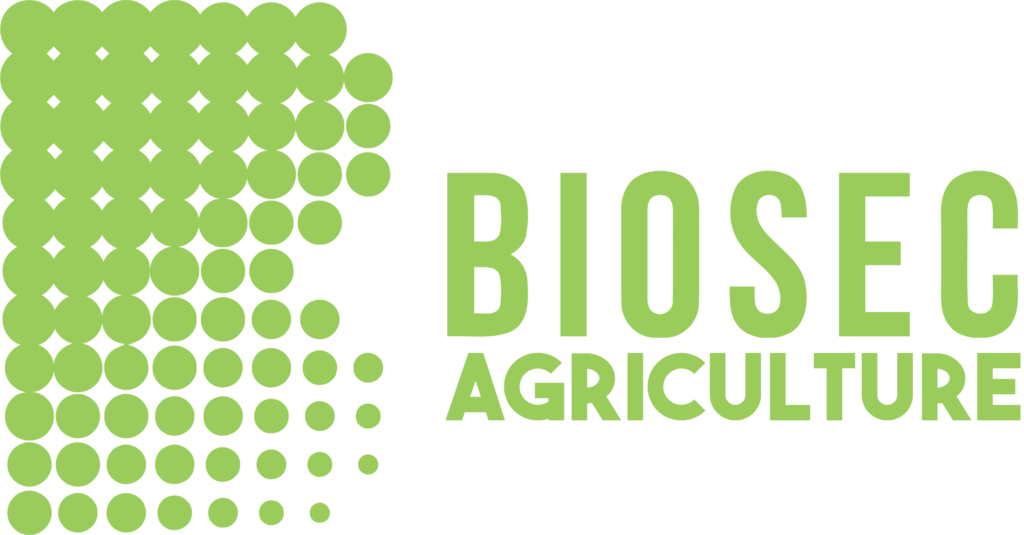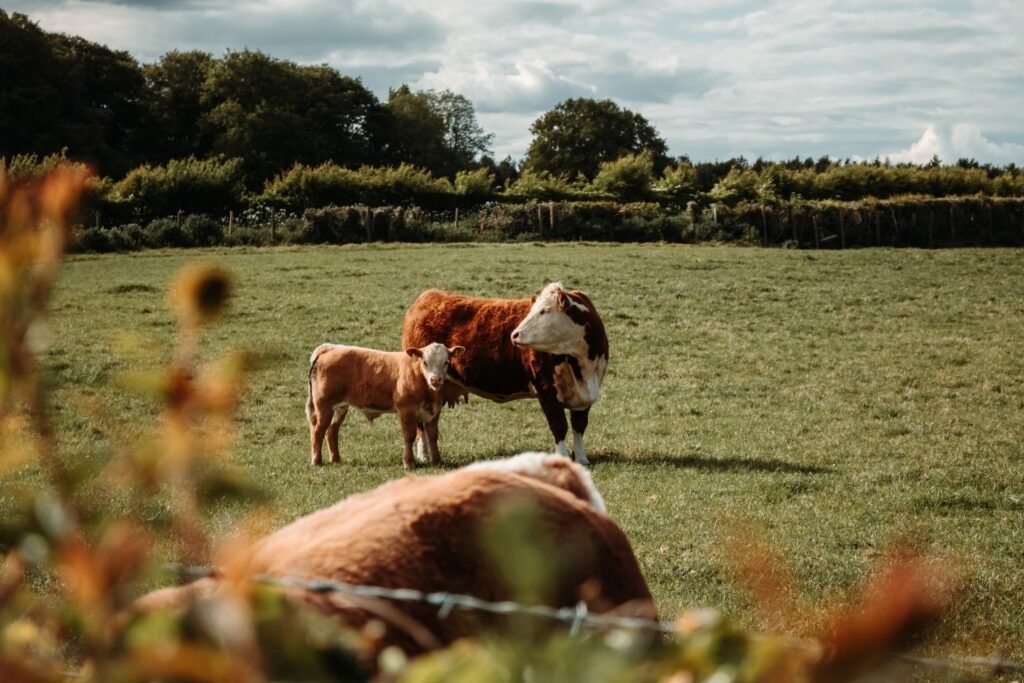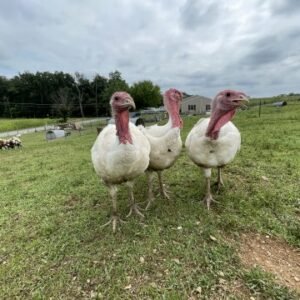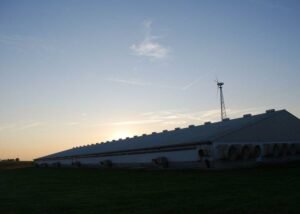The office store Staples has an “easyÀ button that appears in their advertisements and other promotions. The premise is that Staples makes doing business easy. It would be nice if there were an “easyÀ button for all businesses, including cow calf operations.
While we may not have an easy button, there are steps we can take to make our cattle operations run more smoothly. One of these is getting your cattle on a calving schedule that is efficient and makes calving season a little more smoothly for handlers.
An easy calving schedule starts by having a better breeding schedule. Setting your cattle up for success early will help simplify calving season. A disjointed breeding season that extends out over many months will lead to a longer and more challenging calving season.
First, it is important to understand that your cattle will have a different schedule if they are heifers, or seasoned cows in a cow-calf operation. These groups need to be treated individually, and the tips for each may vary, but you can get both groups of cattle onto a similar schedule.
Cow veterinarians agree that there are some key tips that all operations can adopt to ensure a more compact and efficient schedule during your breeding and calving season.
NUTRITION
Nutrition is the baseline for everything we do in the cattle industry. It will be impossible to get your cattle onto a schedule without a solid nutrition foundation and continuing regimen. Cattle handlers should be regularly monitoring the body condition score (BCS) of cattle prior to breeding and calving. Heifers and cows with a moderate BCS will be bred easier. Thin cows may have delays returning to estrous, further delaying your schedule in the future. Do not forget about the BCS of your bulls as well. They will be working and traveling during the breeding season and need to be in good condition. Poor nutrition can also negatively impact the quality and quantity of sperm.
Nutrition must continue throughout the gestation period of your cattle, and handlers should continue monitoring the BCS of cattle monthly leading up to calving season. Cows should have a BCS of 4.5 to 5.5 prior to calving, while a heifer should be slightly higher at 5.5 to 6 before calving since she is still growing. Work with a nutritionist and your cow veterinarian to monitor your herd and evaluate your nutrition program. Add nutrients or additional feed as needed. This will help ensure that nutritional deficiencies do not create any setbacks on your schedule.
VACCINATIONS
Vaccinations are a building block to herd health and another essential component for getting your cattle on schedule. Again, you should work with your veterinarian to develop your vaccination program and determine what your cattle need. The requirements of heifers and cows will vary and you may need additional vaccinations, depending on your geographic location and prevalent diseases. Vaccination is a preventative measure that is important in helping cattle arrives at breeding and calving season in optimal health and ready for the stresses ahead.
Timing of vaccines is important. They should not be given too close to breeding or calving. The body needs time to develop immunity, and if it is working to develop immunity it will not be as likely to be bred. In calving season, the mother again needs time to develop antibodies that can be passed to her calf in the colostrum.
RECORD KEEPING
Record keeping is already part of your business, and many operations have their own unique way of keeping their records. Make sure your records are up to date and accurate. Good records will help you plan and maintain your cattle schedule. This is especially important if your goal is to have your heifers and cows on the same schedule. We all have thousands of pieces of information to deal with daily. Your record keeping system allows you to keep the essential dates and numbers in one place and will save you time, in addition to helping get your cattle on the same schedule.
BREEDING SOUNDNESS EXAMS (BSE)
Breeding Soundness Exams (BSE) for your bulls should be conducted before and at the conclusion of breeding season. There is no sense in getting your cattle on a schedule if your bull is not fit for the job. A veterinarian can conduct this evaluation; it should be completed one or two months prior to breeding season. You will also want to make sure your cattle chute and handling equipment is in good condition with a vet cage that will allow your veterinarian to safely conduct the evaluation.
FIRST AID KIT AND SUPPLIES
First aid kit and supplies should be stocked and ready to go before breeding and calving seasons. We recommend having an inventory or checklist of everything you might need on your operation or have used in the past. Keep the list in your first aid kit. One month prior to breeding and calving seasons, pull out your list and verify which supplies you have, and which need to be replaced. This is also a good time to check the expiration date on your supplies, and replace any that may be unusable. A well-stocked first aid kit is like your vaccination program – it is the ounce of protection that is worth a pound of cure.
The cattle industry may never have an easy button, but that does not mean that it has to be hard. A little preparation and attention to detail can help you get your cattle onto a schedule that will make breeding and calving season easier for you and the other cattle handlers on your operation.\




